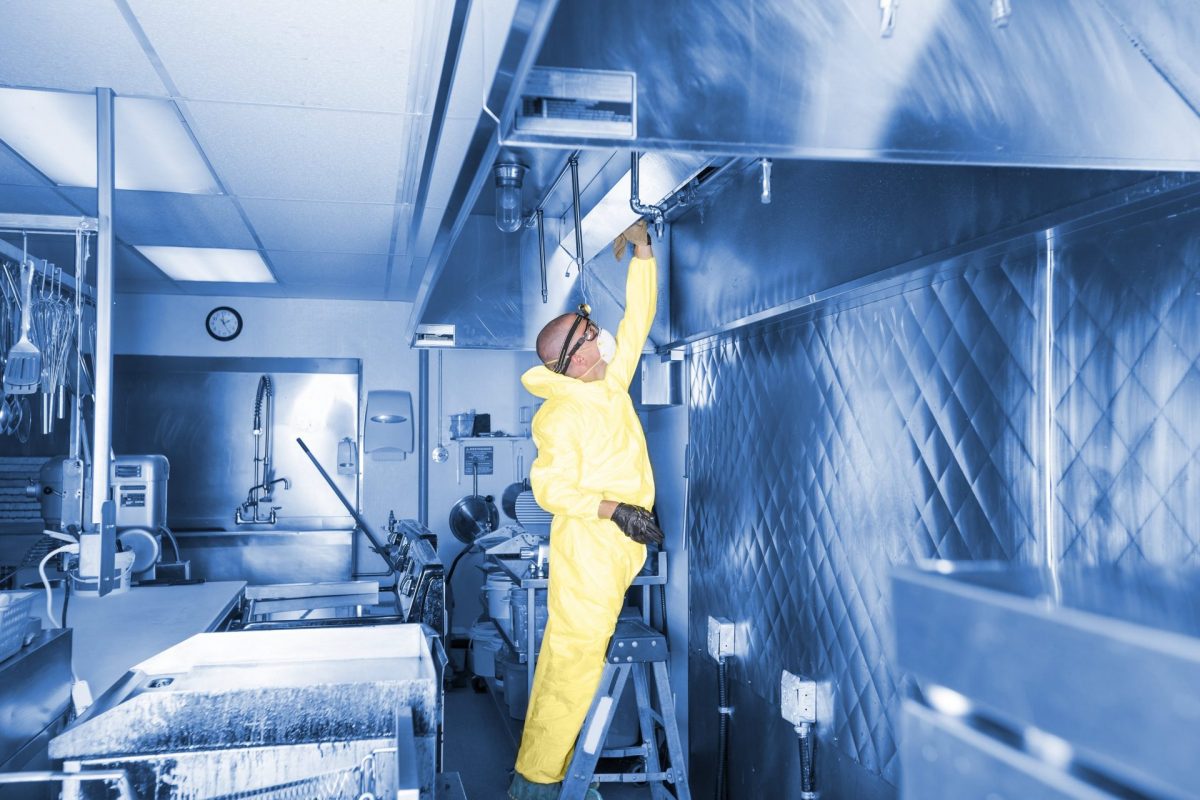A STRONG BARRIER BETWEEN US AND CONTAMINATION
2024-01-16 BacteriaEco Silver PaperEco Silver PaperHygieneProductsProtection
Worktop cleanliness within professional kitchens and food industries plays a key role in catering and food industry H.A.C.C.P. systems. A proper and effective cleaning procedure is the basis of safety on food products, end consumers and especially operators. Every restaurant, pizzeria, pub or bar has a duty to comply with regulations regarding H.A.C.C.P., which is a set of precautionary measures that ensure minimum safety standards for customers. This is a control system that aims to eliminate the risks of contamination at the base, ensuring excellent conditions of cleanliness of working tools, premises and everything that comes into contact with food and people.

Microbiological contamination of work environments often occurs through contact or exposure of a food to pathogens with a potentially hazardous bacterial load. During production, processing, storage, and transportation, food may be contaminated with toxic substances or pathogenic/harmful microorganisms. The most common contaminations are due to:
- bacteria (Salmonella spp., Staphylococcus aureus, Listeria monocytogenes, Clostridium botulinum and Clostridium perfrigens, Escherichia coli, etc.);
- viruses (hepatitis A, enterovirus, rotavirus, etc.);
- fungi and molds (Mucor pusillos, Thamnidium elegans, etc.);
- parasites (Anisakis, Tyrrophagus putrescentiae, etc.).
Air and surfaces such as countertops, clothing and work equipment as well as workers’ hands can be important vehicles of microbiological contamination and potential sources of transmission of infectious agents. Through risk analysis, done by trained and experienced personnel, activities are classified by presumed level of exposure to biological agents; knowing the levels and types of contaminants present and their variation is essential to detect or monitor their presence and to be able to intervene promptly with appropriate prevention or containment measures.
In order to avoid the risk of contamination when handling food, operators should follow the following procedures:
- wear clean uniforms, preferably light-colored so that dirt is well exposed;
- wear headgear so that all hair is enclosed;
- wear gold-nasal masks;
- wash hands repeatedly throughout the day using liquid soap with antibacterial; such washing is essential whenever using the sanitary facilities;
- hands with injuries or cuts should be protected with rubber gloves; hands should be washed frequently in any case.

Each food industry must also have a staff hygiene education plan. Such a program must include:
- personal responsibilities, i.e., the behavior and prohibitions that staff must scrupulously observe;
- the requirements and use of clothing for the purpose of limiting contamination;
- handwashing operations on a frequent basis;
- the prevention of cross-contamination between raw materials and finished products;
- display of signs on personal hygiene in areas used as changing rooms.
Such hygiene education should also be extended to personnel who perform activities outside the production area.
Proper self-protection is the first essential step to avoid contamination of one’s work surface and consequently to avoid being exposed to a risk of contamination. To achieve the highest level of cleanliness, it is advisable to use our DEFENDO® Multipurpose Roll, which is capable of not further contaminating an already soiled work surface or re-contaminating it as soon as it is cleaned with the germs and bacteria that populate ordinary paper tears.

U. G.




LATEST COMMENTS